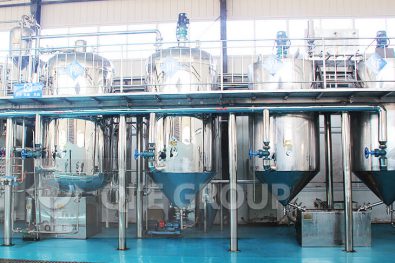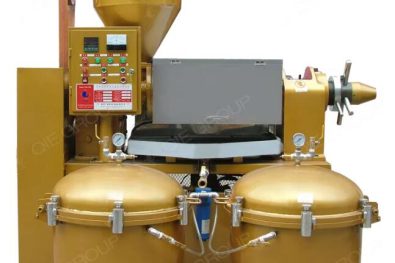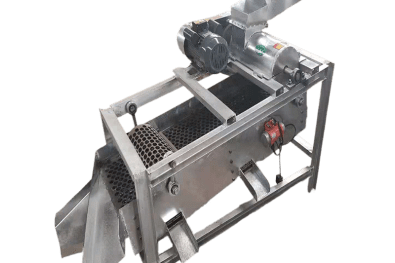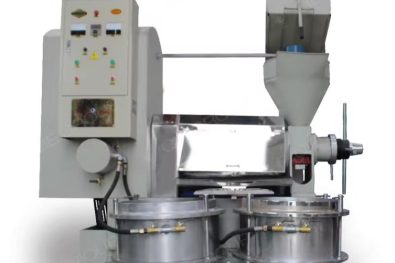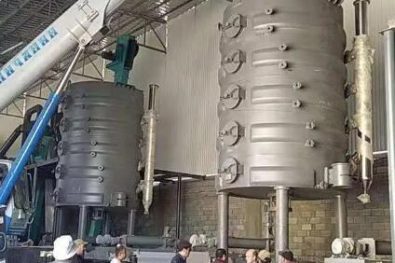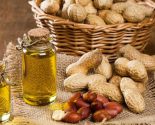The oil press is a common and commonly used equipment in oil processing equipment. It refers to a machine that uses mechanical external force to increase the temperature and activate oil molecules to squeeze the oil out of the oil. Due to the long running time of the oil press, if you do not pay attention to maintenance, it is easy to have problems such as low oil output rate and high failure rate of the oil press, which will affect the normal operation of the oil press.
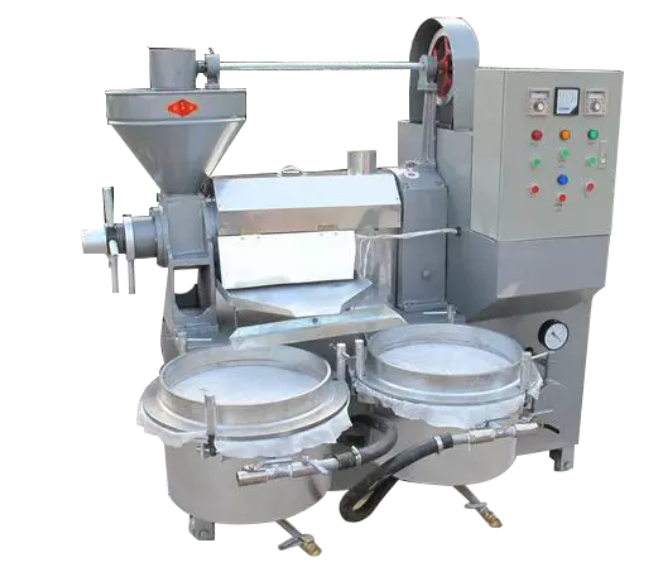
The main reasons for the low oil yield of the oil press include the state and cleanliness of the oil, the feeding situation during pressing, the wear and tear of the equipment, the temperature of the press, the rotation speed of the screw shaft, etc. The specific manifestations are:
1. Oil condition and cleanliness
Oil seeds that are too wet or too dry, damp and moldy, seeds that are not full, and too many impurities will all affect the oil yield of pressing.
The oil is too wet: the oil residue squeezed out by the oil press is relatively viscous and moist, and the oil residue cannot be separated from the grease well. The oil residue is squeezed out from the oil gap along with the grease.
The oil is too dry: When the oil press is pressed, the oil particles will be discharged from the pressing seam, causing some oil loss.
The oil is not clean enough: impurities such as gravel and metal particles will enter the oil press when feeding, which will not only affect the oil yield but also wear the oil press.
Fullness of oil seeds: The plumper the oil seeds, the higher the oil content. On the contrary, the drier the oil seeds, the lower the oil content.
Oil crops become damp and moldy: If oil crops become damp and moldy, they will produce a lot of toxins and can no longer be used to extract oil.
2. Feeding situation during pressing
Feeding too much or too fast: When the oil press is working normally, if the feed is too much or too fast, it may cause blockage of the press barrel, resulting in unsmooth oil and cake discharge, and reducing the oil output rate of the oil press;
Feeding too little or too slowly: Feeding too little or too slowly during normal operation of the oil press will reduce work efficiency.
3. Equipment wear and tear
If the screw shaft or cake outlet of the oil press is not smooth, it will reduce the feed speed, the smoothness of the screw shaft to press the oil and the cake discharge, thereby reducing the oil yield of the oil press.
4. Pressing temperature
The pressing temperature is too high: The pressing temperature of the oil press is too high, which will cause the color of the oil and cake to deepen or even burn, which will increase the loss of oil.
If the pressing temperature is too low: If the pressing temperature of the oil press is too low, the pressure of the oil press will not achieve the pressure intensity required for oil extraction, and the oil output effect will be poor.
5. Spiral shaft speed
The screw shaft rotates too fast: If the screw shaft of the oil press rotates too fast, some oil will fall out of the cake outlet before it can be fully pressed to squeeze out the oil. In this case, there will be less oil and residual oil in the cake. The rate is high and needs to be squeezed again.
The screw shaft speed is too slow: If the screw shaft speed of the oil press is too slow, the pressing time will increase, which will cause excessive heat loss and fail to reach the optimum temperature for oil extraction, thus reducing the oil yield.
In order to ensure that the oil press can complete production operations normally and efficiently, regular maintenance is very important, and the operator must know the operation of the equipment in real time, and skillfully control the speed and temperature of the oil press to effectively avoid equipment failures. , while reducing equipment maintenance costs and increasing oil production rate!

